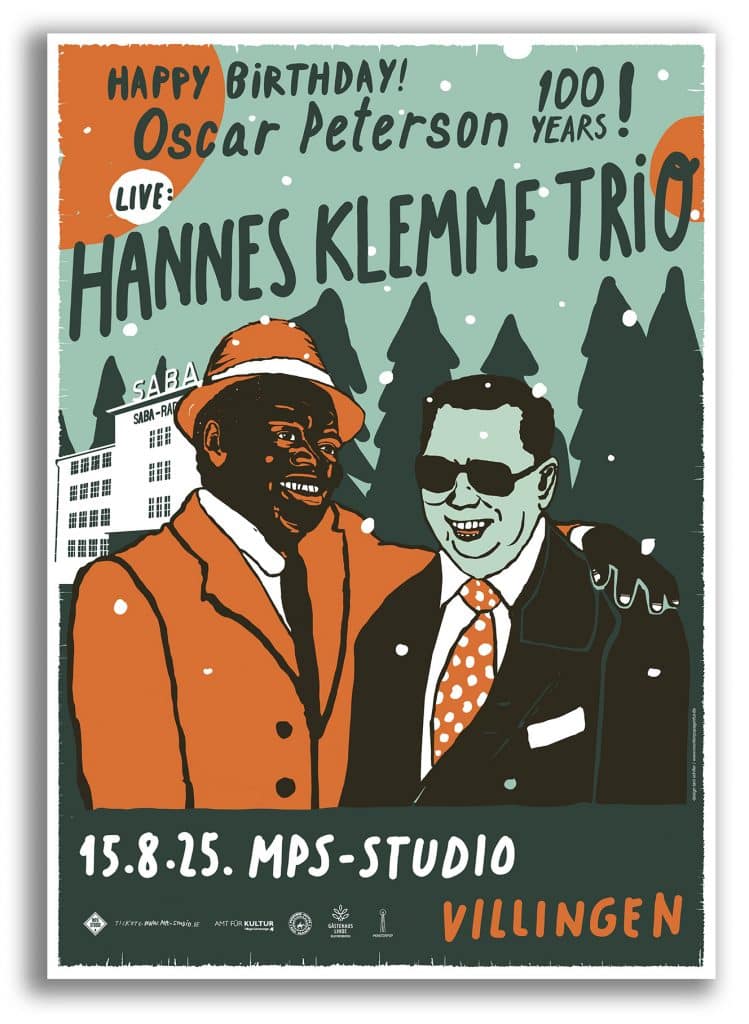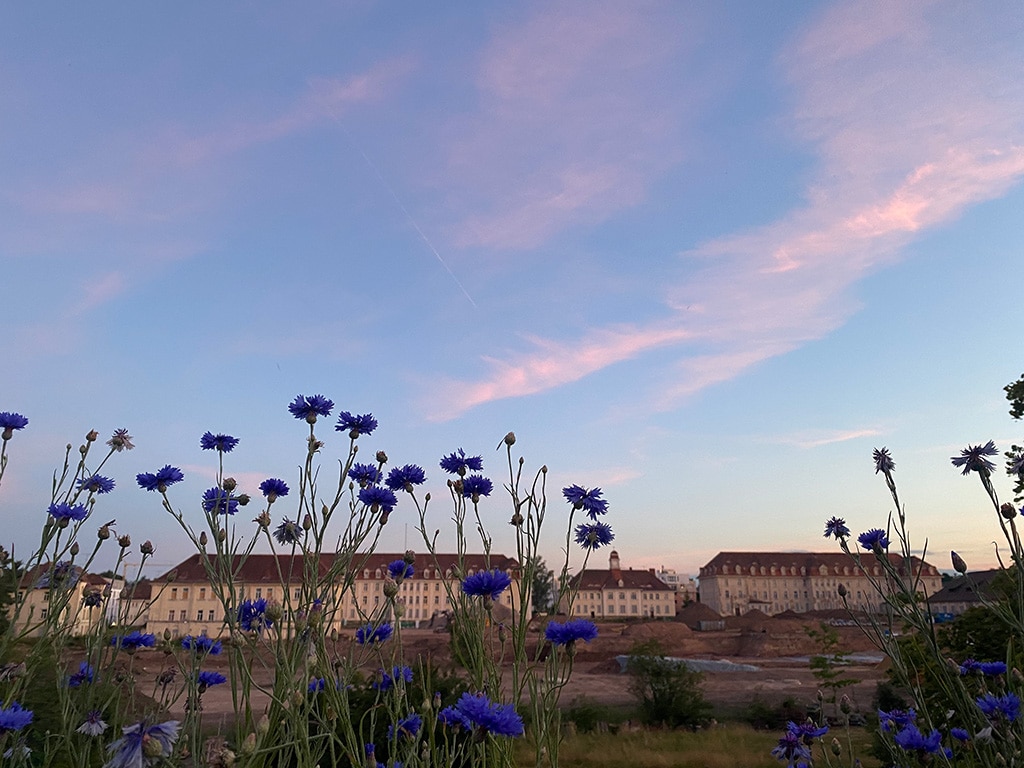In July 2020, a view of the barracks site before the excavators and cranes chased the poor bees away. Photo: MPS-Studio e.V.
The MPS Studio has been in the Richthofenstrasse. Right next to it wrote SABA glorious industrial history in Villingen. But where there is light, there is also shadow: Under National Socialism, the Volksempfänger (people's receiver) and armaments were produced here - including for German tanks. Forced laborers were also used here.
After the war, the goddess rose SABA quickly rose from the ashes and shaped the regional economic miracle. And without SABA none MPS (Music Production Black Forest). After the years of marching music, jazz from the famous MPS Studio in Richthofenstraße - often played by black musicians. Just a few years after the capitulation of the Nazi regime. Many things are possible!
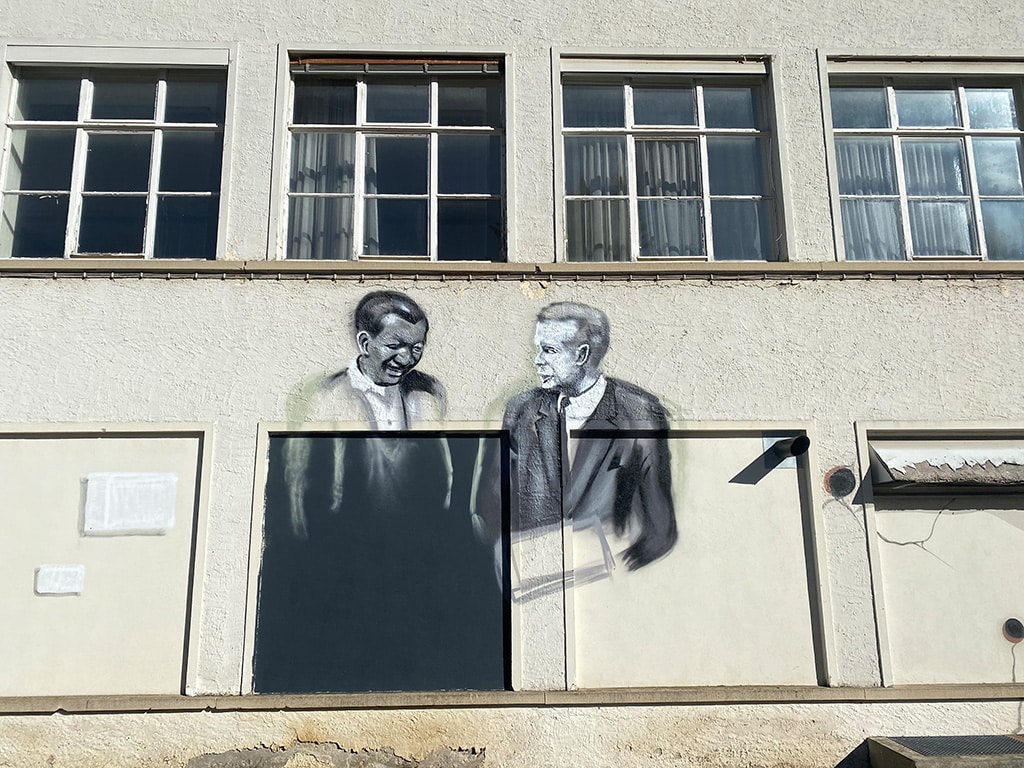
Graffiti on a SABA building that no longer exists, July 2021. The two men depicted on the left could be Oscar Peterson, on the right probably HGBS (Hans-Georg Brunner-Schwer, the founder of MPS). Photo: MPS-Studio e.V.
Today, only a few buildings of what was once Villingen's most important employer remain. The iconic logo that was once emblazoned on the main building - a Villingen landmark - was simply dismantled. An ensemble of buildings that provided work, cohesion and identity for many people and their families has been lost.
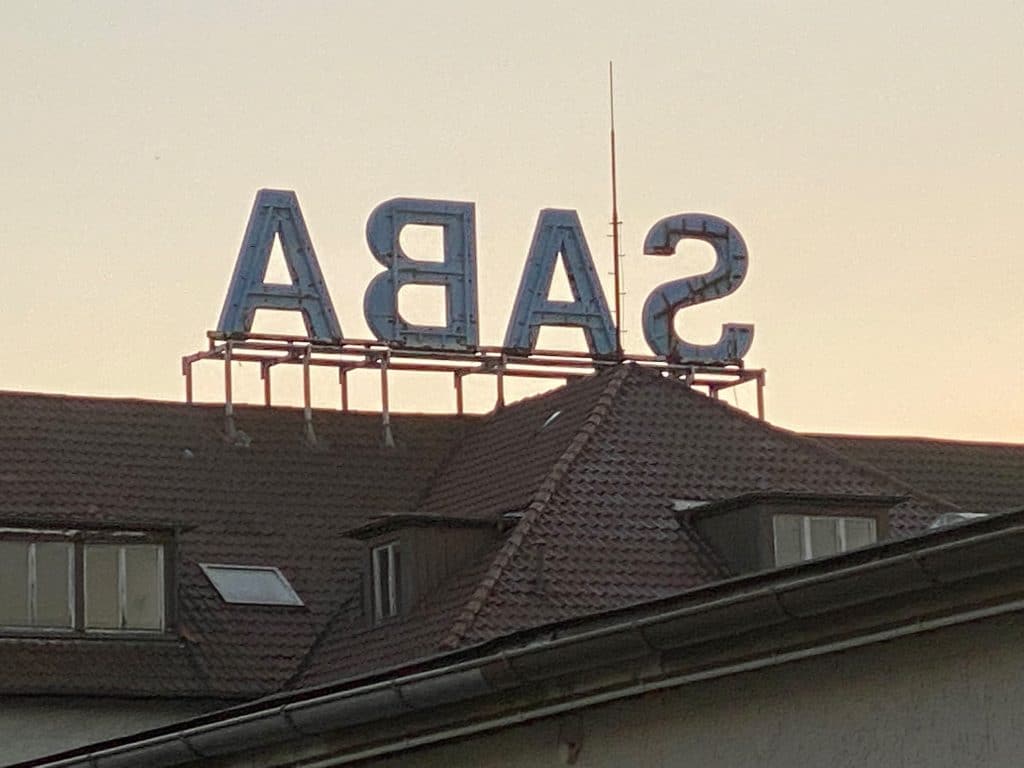
The SABA logo before it was removed from the roof. Photo: MPS-Studio.e.V.
Next door, on the former barracks site, construction has been going on non-stop for two years. Here - not far from the building that also houses the MPS Studio is home to investor properties in contemporary white to gray. Again, people from mainly other countries work here and live in containers. Folkloric music echoes over at the weekend. The new architecture will provide space for many families and new residents. Modern buildings meet historic walls - a new quarter is being created at lightning speed.
It is known that there was once a prisoner-of-war camp in the immediate vicinity of the site, where forced laborers also lived, who worked on production essential to the war effort - including at SABA - should be maintained. Now the residential area „From Richthofen Park“ where Wehrmacht units were once prepared for their deployment in rank and file. On the website of the „DBA Deutsche Bauwert“ it says:
„The buildings are grouped around an attractive green square with a high quality of stay. The harmonious architecture and tasteful building design offer the perfect environment for people who know exactly what they want - a place of well-being in perfect harmony with its surroundings.“
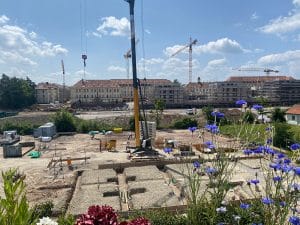
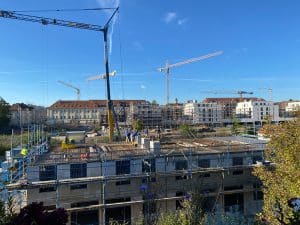
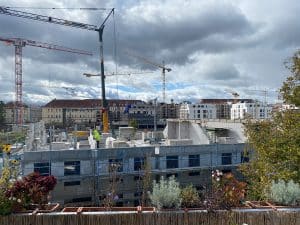
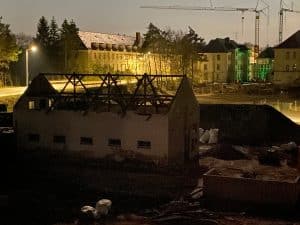
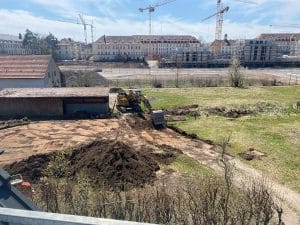
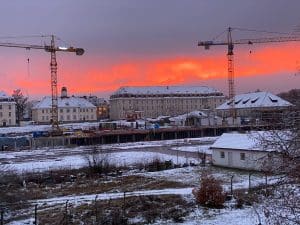
The barracks site on Richthofenstrasse, the „Von Richthofenpark“, the view is now obstructed by the terraced houses of another building company. Photo: MPS-Studio e.V.,
The barracks were named after the famous fighter pilot back in the 1920s. Richthofen? Oh yes, that was the daring Manfred von Richthofen, the „Diable Rouge“, the „Red Baron“ - the aviator with the funny biplanes from the „Fathers of the Clown“ films, who took rows of enemy pilots out of the sky during the First World War. Who, as he himself said, „went on a manhunt“. But with decency, of course. He didn't just fire into the engines - no, the honorable German fighter pilot Richthofen killed heroically, straight into the heart!
At the age of 25, already marked on the outside by his constant desire to hunt, he was shot down by an Australian enemy in aerial combat. A few years later, the Nazis knew about Hermann Göring - and the eager man from Braunau - the name Richthofen perfectly for propaganda purposes. Numerous barracks were named after him, as were many streets in Germany: for example in Berlin-Tempelhof, Detmold, Augsburg, Bremen, Günzburg, Landau and Kiel. Villingen is not even mentioned in Wikipedia - and it is also not known that Richthofen was ever there.
Parts of the municipal council voted against an initiated renaming and thus against the demilitarization of the street name - also because some residents and companies did not want to support this. Arguments were heard that new business cards and letterheads were too expensive. What kind of expensive sacrifice did all the residents and businesses on the former Hermann Göring or Adolf Hitler streets make after the war?
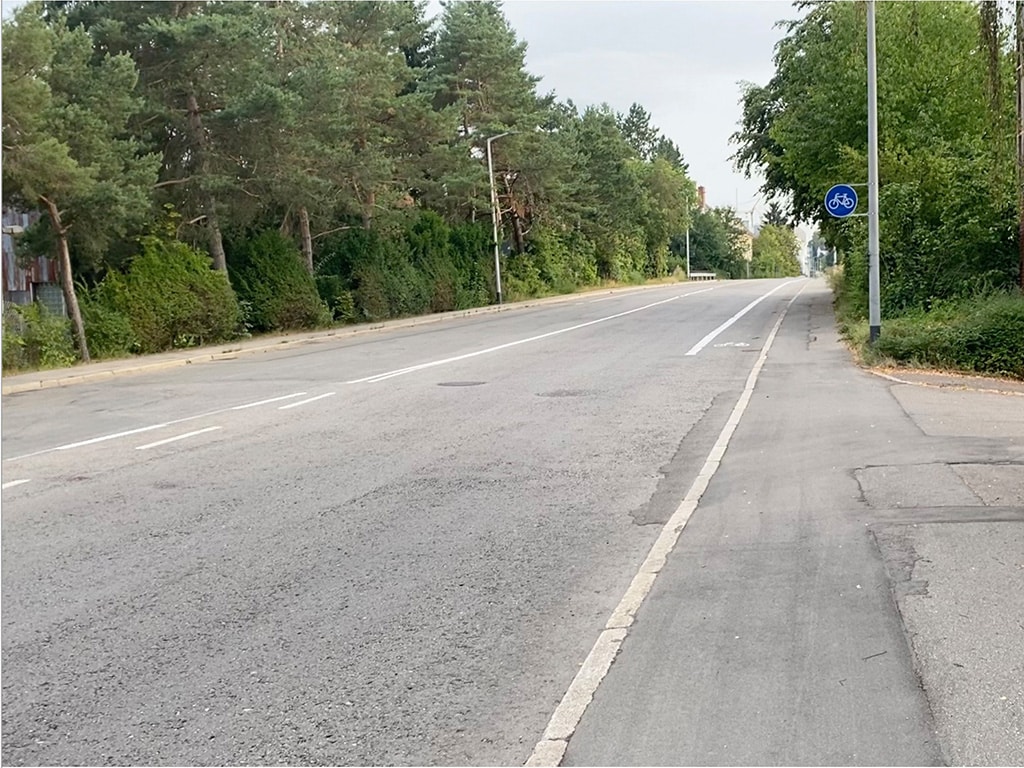
Dreams are foams? The future Oscar-Peterson-Allee. Photo: MPS-Studio e.V.
After 1945, the buildings were used by the French army until the end of the Cold War - and were named after French generals by the liberators. The Richthofen and Boelcke barracks became the Lyautey- and Welfert barracks. There was a French movie theater, even a supermarket. It smelled of baguettes, perhaps boules was played - and those with good connections could get Gitanes cigarettes, Châteauneuf-du-Pape or Pernod at a bargain price. You might even hear chansons by Serge Gainsbourg or dance to Dalida.
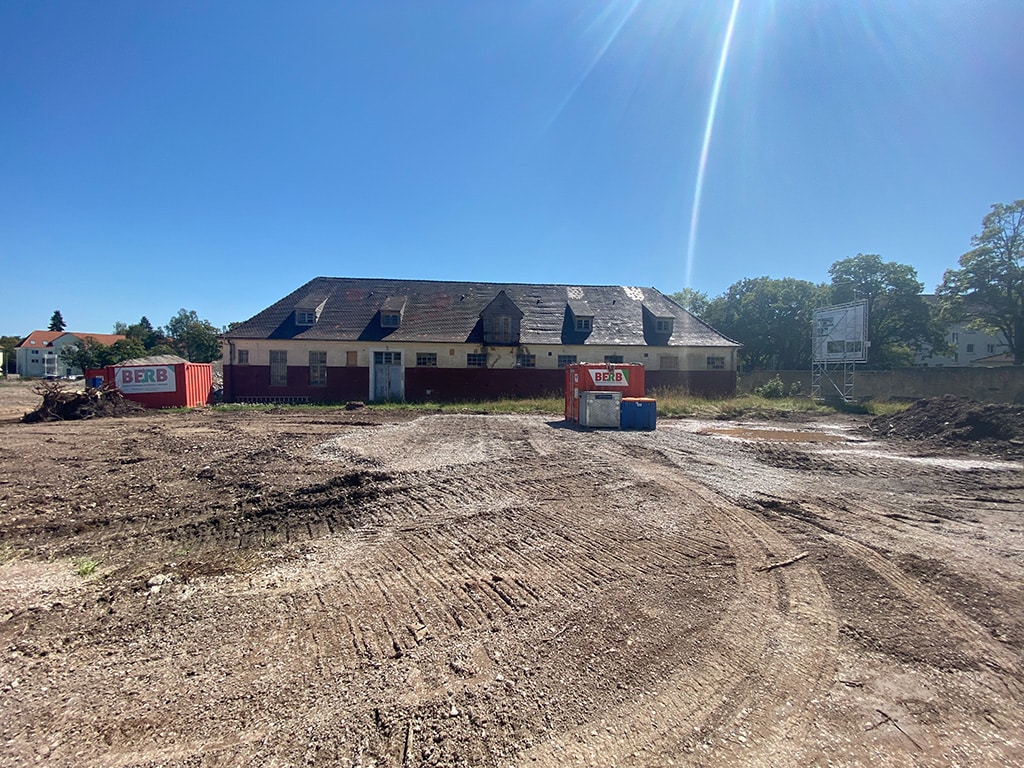
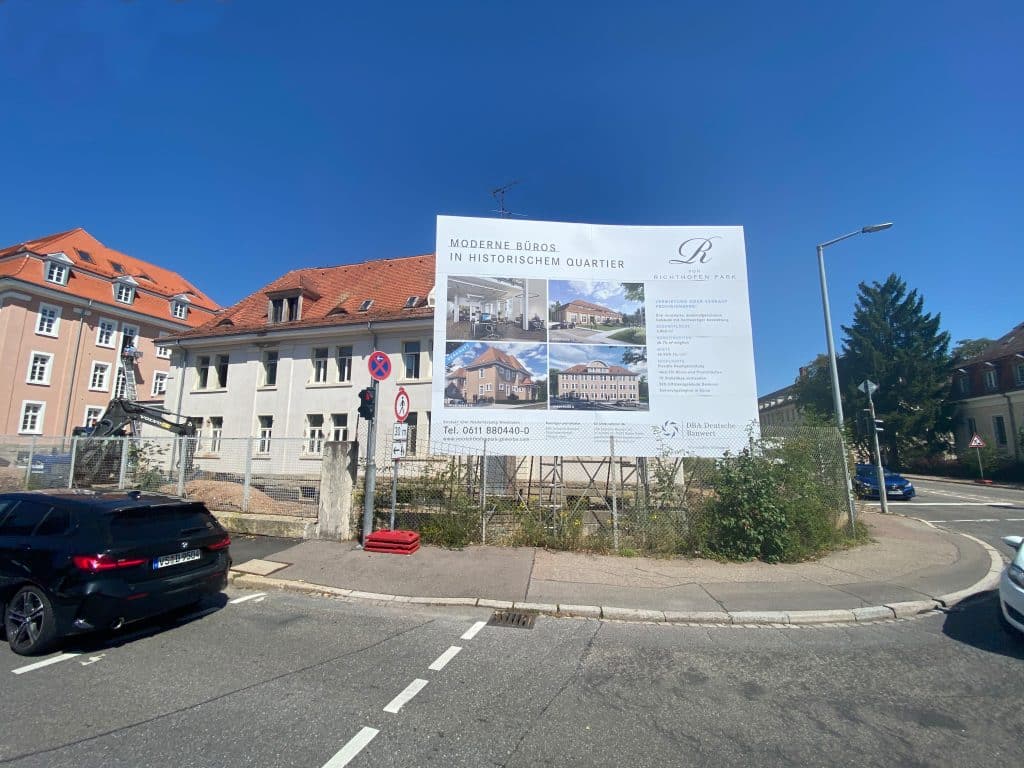
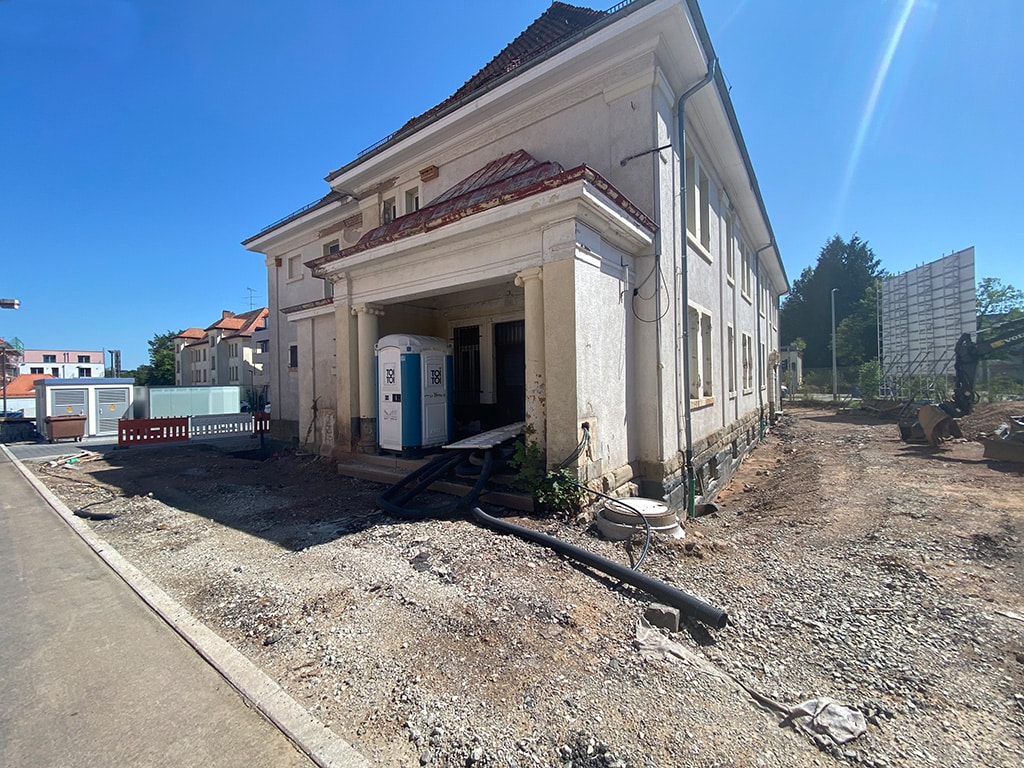
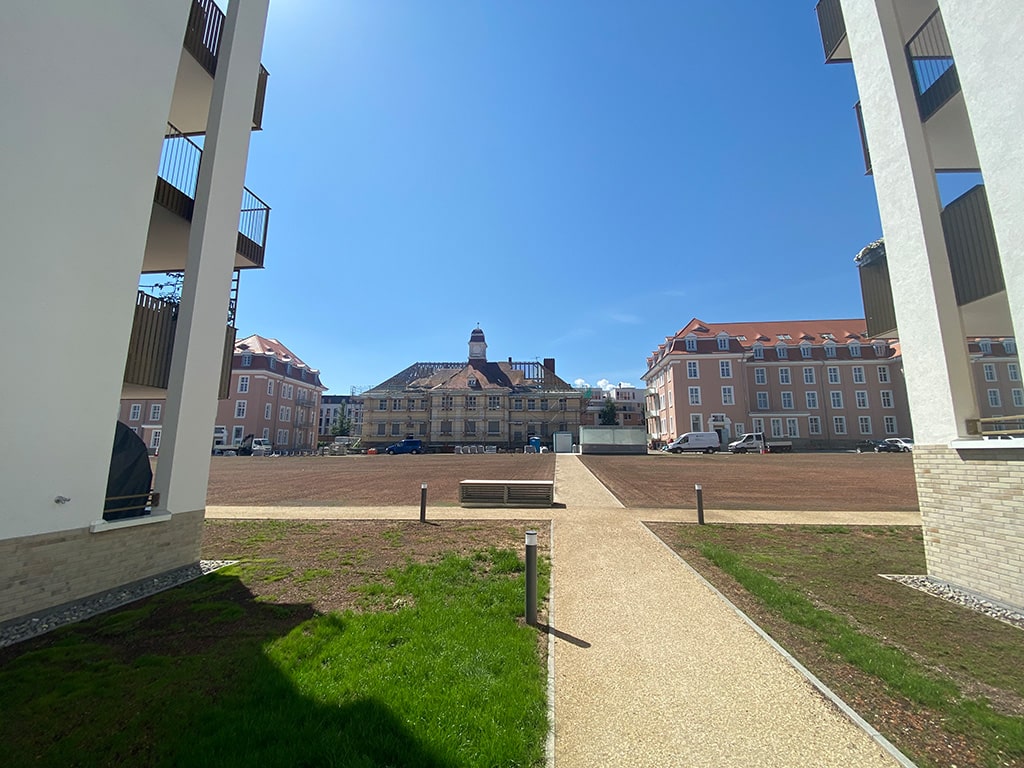
And today? The new real estate ensemble is actually called „From Richthofen Park“. No, not a joke! Were they just resourceful marketing specialists without any intuition - or is there more to it than that? Oh yes, aristocratic names are obviously still popular in this country. They can be used to sell enthusiasm - and as you can see: real estate too.
The CSU politician Karl-Theodor zu Guttenberg (born Karl-Theodor Maria Nikolaus Johann Jacob Philipp Franz Joseph Sylvester Buhl-Freiherr von und zu Guttenberg), who became Minister of Economic Affairs without ever having run a company, has already noticed this enthusiasm. According to surveys, around 70 % of the population initially forgave him for his falsified doctoral thesis. After all, he was that Bavarian shining light - the rakish guy in the AC/DC T-shirt with the gelled Falko hairstyle! In the end, status symbols and outward appearances were of no use: the scientific community put an end to the spook with an open letter.
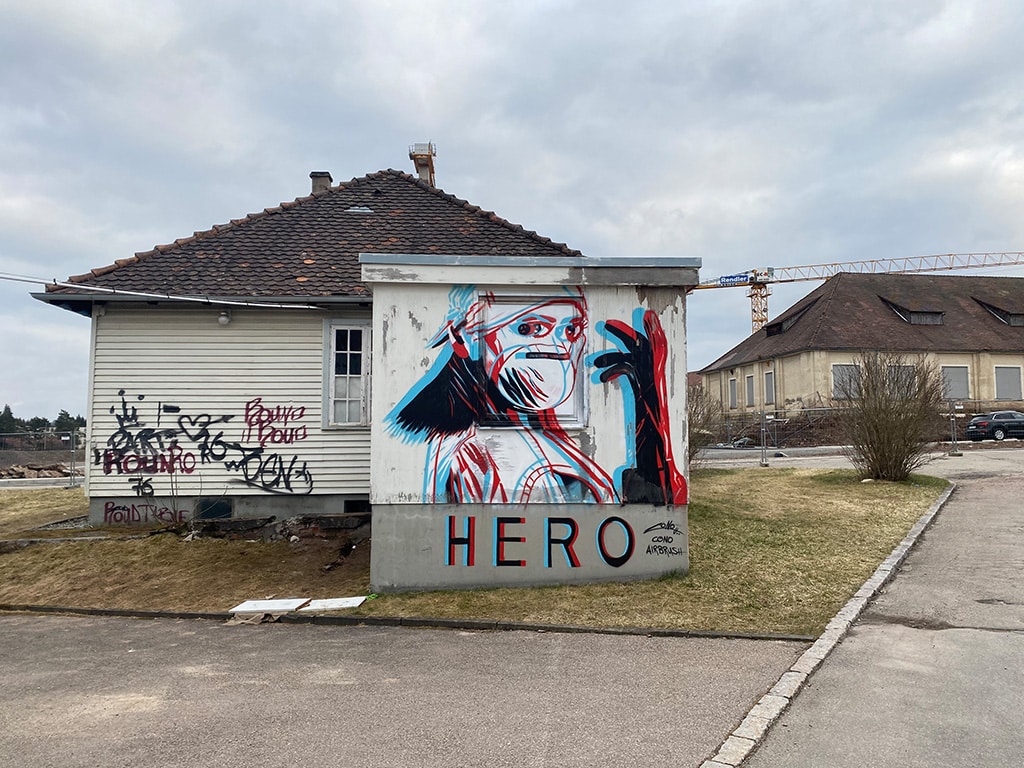
The only constant thing is change (Heraclitus). This building was also once on the SABA site. It is reminiscent of Ed Hopper's paintings. Photo: MPS-Studio e.V.
So what do we want to dream about? Instead of naming a street after a bloodthirsty pilot who was shot down over 100 years ago, the Richthofenstrasse but a „Oscar-Peterson-Straße“, a „Albert-Mangelsdorff-Straße“ or - in honor of the great sound engineer from the MPS studio - a „Rolf-Donner-Chaussee“ become! Of course, you could also give the founder Hans-Georg Brunner-Schwer but the business cards would probably have to be printed in an extra-long landscape format, not to mention the oversized street signs.
Our suggestion: the „Oscar-Peterson-Straße“. A street would be dedicated to one of the world's best pianists, who regularly came to Villingen for unique recordings - where the world-famous MPS studio is located. That would be something! After all, a society has to be judged by how it names its streets.
And for the neighbors who are worried about new business cards or letterheads? You could start a crowdfunding campaign - perhaps with Flyeralarm as the main sponsor.
Where there is a will...
Dream again!
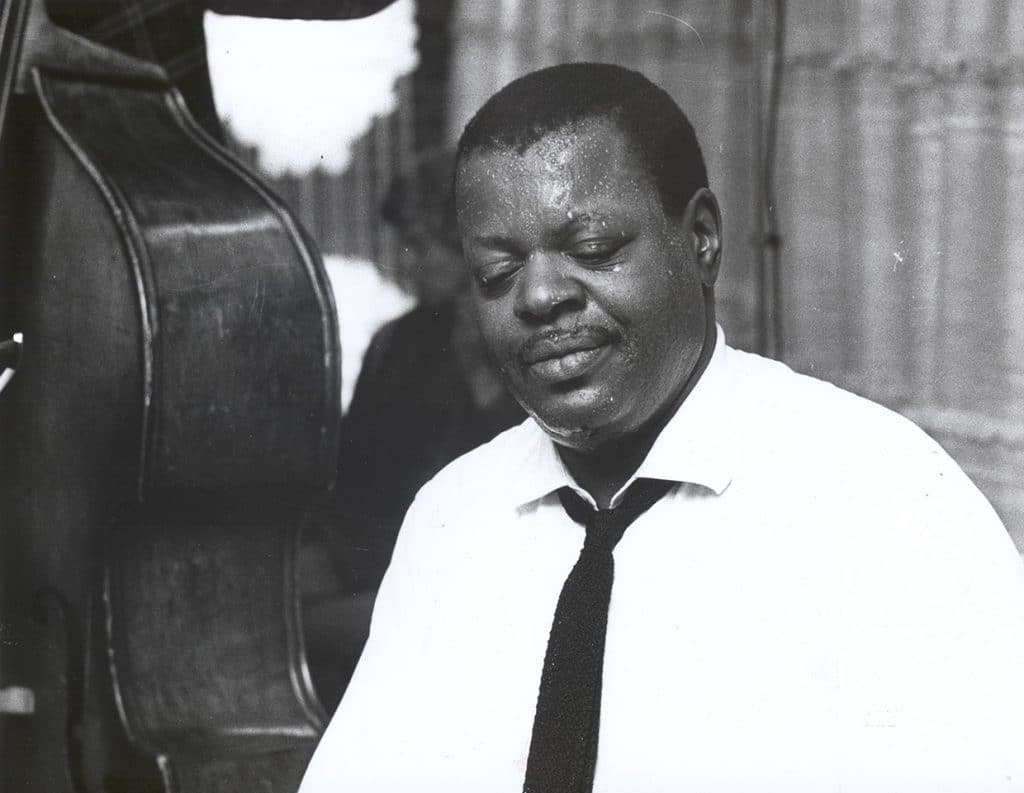
He felt at home here in Villingen: the Canadian star pianist Oscar Peterson at the Brunner-Schwer house in 1964. Good acoustics and good food. Photo: German Hasenfratz. © MPS-Studio.e.V.
